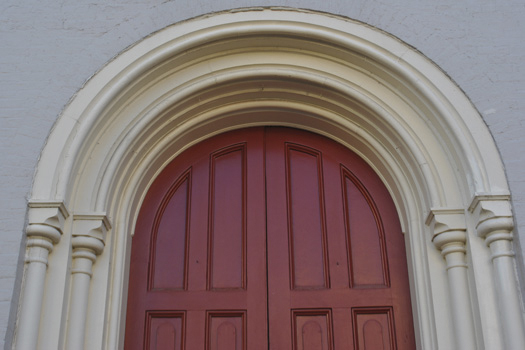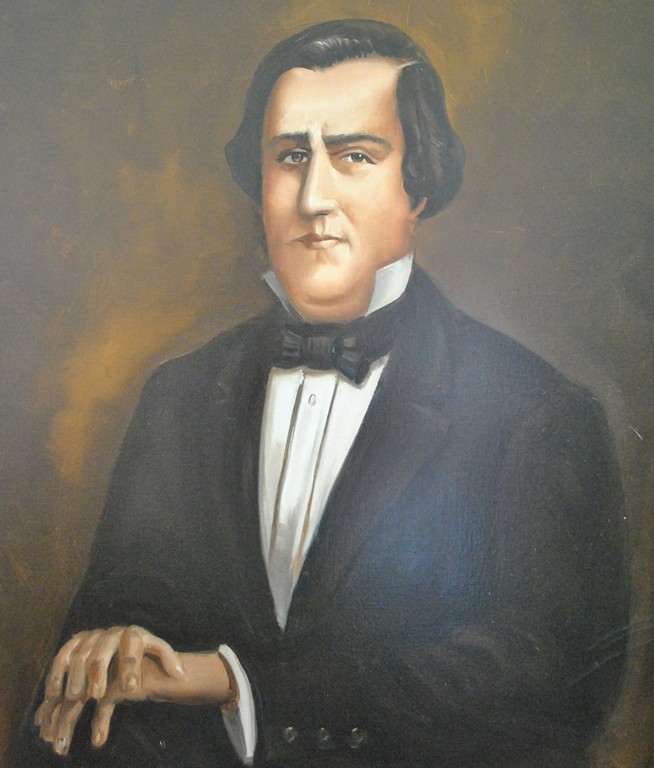Outreach at St. George’s
By Kathryn Willis On a cold February night in 1985, a homeless man had curled up to sleep in the entrance foyer of Faulkner Hall. Next morning, at a gray-dawn 7 A.M., a small band of St. George men, members of the Brotherhood of St. Andrews, discovered the would-be guest “trying to play the piano … Read more

